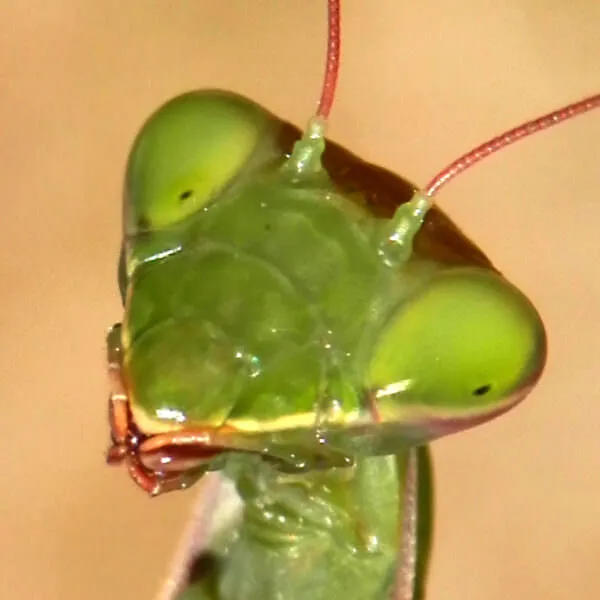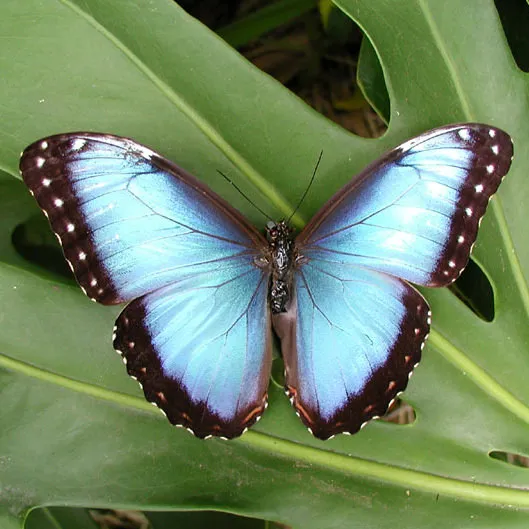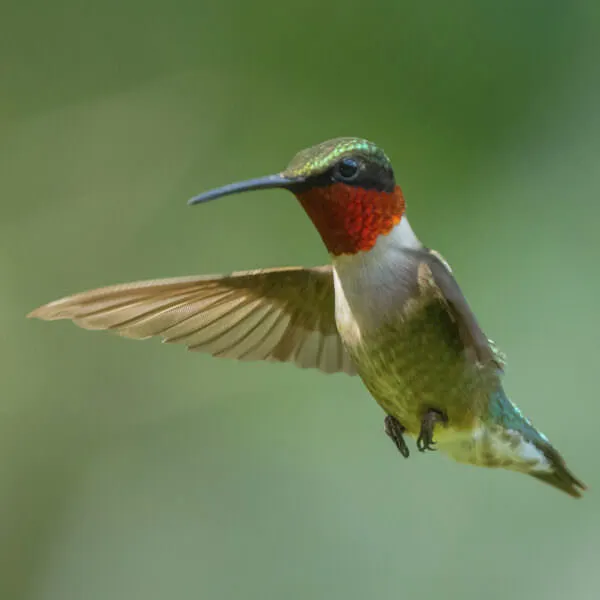Anatomy
Leafcutter ants practice advanced methods of sustainable agriculture, and operate under one of the most studied social caste systems in the natural world. Naturalist E.O. Wilson offered that leafcutters have perfectly evolved to address every small need necessary for their survival over their 50 million years in existence. Different ants are responsible for each step in the process of cultivation of fungi. According to their size, ants fulfill specific roles such as defenders of the colony, caretakers of the young, gardeners, foragers and leafcutters. Incredibly, there are even tiny ants that straddle the backs of larger worker ants and defend them from carnivorous flies.
Researchers marvel at the complex form of sustainable agriculture that the ants practice. Careful not to overuse a single vegetation source, leafcutters gather fragments from different plants and trees, minimizing the vegetation’s tendency to build up its defenses. Some ants are equipped with a bacterium that acts as a pesticide on a particular mold, the largest threat to their fungus gardens. The ants sparing use of this protectant has kept the mold from developing a resistance, allowing the bacterium to remain an effective defense over time.
We're All In
Together, we're building a future where people and nature thrive. Sign up today and join our movement...
Habitat
Found principally in Latin America and the Caribbean, leafcutter ants inhabit the forest floor and construct an underground web of chambers where they « farm » and harvest their staple food, fungus. They create underground fungus « gardens » by clipping and gathering fresh vegetation and injecting the pieces with a fungal secretion that digests the often poisonous plants into an edible and nutritious mushroom form.
Diet
These ants consume more vegetation than any other animal group. Their own fungal secretion, which they inject into the leaves, can change poisonous plants into a nutritious meal.
Threats
The main natural predator of leafcutter ants is the armadillo. However, as leafcutter ants are an integral part of the rainforest ecosystem, when the forests disappear, so do they.



